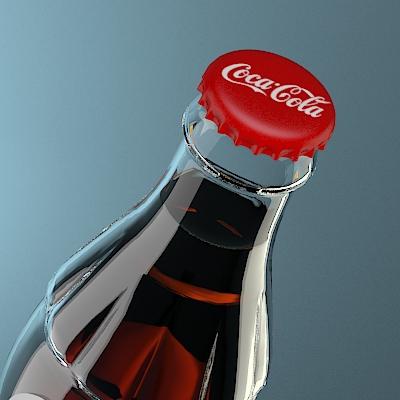How to Make Soda Bottle Motorboats

When vinegar and baking soda are allowed to react in a beaker, the resulting mixture is known as the Carbon Dioxide, which plays an important role in almost all aspect of our everyday life. Bubbles in rising bread, bubbles in a tube of water or in soda pop’s fizz, carbon dioxide is present almost everywhere and therefore it is crucial to learn the carbon dioxide theory and revise techniques for determining the properties of the gas.
One experiment commonly used to demonstrate the chemical properties of carbon dioxide is known as the Soda Bottle Motorboat. This is an excellent method to show the kids how carbon dioxide exists in the world but make sure you supervise them throughout the process.
Things required to conduct this experiment are readily available. You can purchase the most items from your local grocery store or super market.
Things Required:
– Baking soda
– Vinegar
– One clean twenty ounce soda bottle
– One sheet of paper towel
– One thumbtack
– One flexible drinking straw
– Handful of marbles
– One bathtub or wading pool with some water in it
Instructions
-
1
Before doing anything else you will need to make sure that you have all the required items to conduct this experiment with your children. Next, take all the supplies to the pool or bathtub. Place the motorboat in the water as soon as the soda mix and vinegar mix with each other.
-
2
Next take the towel and tear it into quarters. Put one table spoon on soda water on one of the pieces of paper towel. Consider folding the paper and twist it to close at the top.
Add about one half cup of vinegar into the water boat. Position the water boat into the water and as soon as the vinegar starts absorbing the water a chemical reaction will begin. This will make the move either forward or backward. You can also try a few variations by taking notes on how this model works out for you. -
3
Consider dropping a few drop marbles into the bottle and see how stern ends and bow behave after that. It is recommended to use a different amount of water every time you conduct this experiment. This will help you determine the exact amount that you should be using. If possible, change the ratio and see how it effects the carbon dioxide production and capture.





